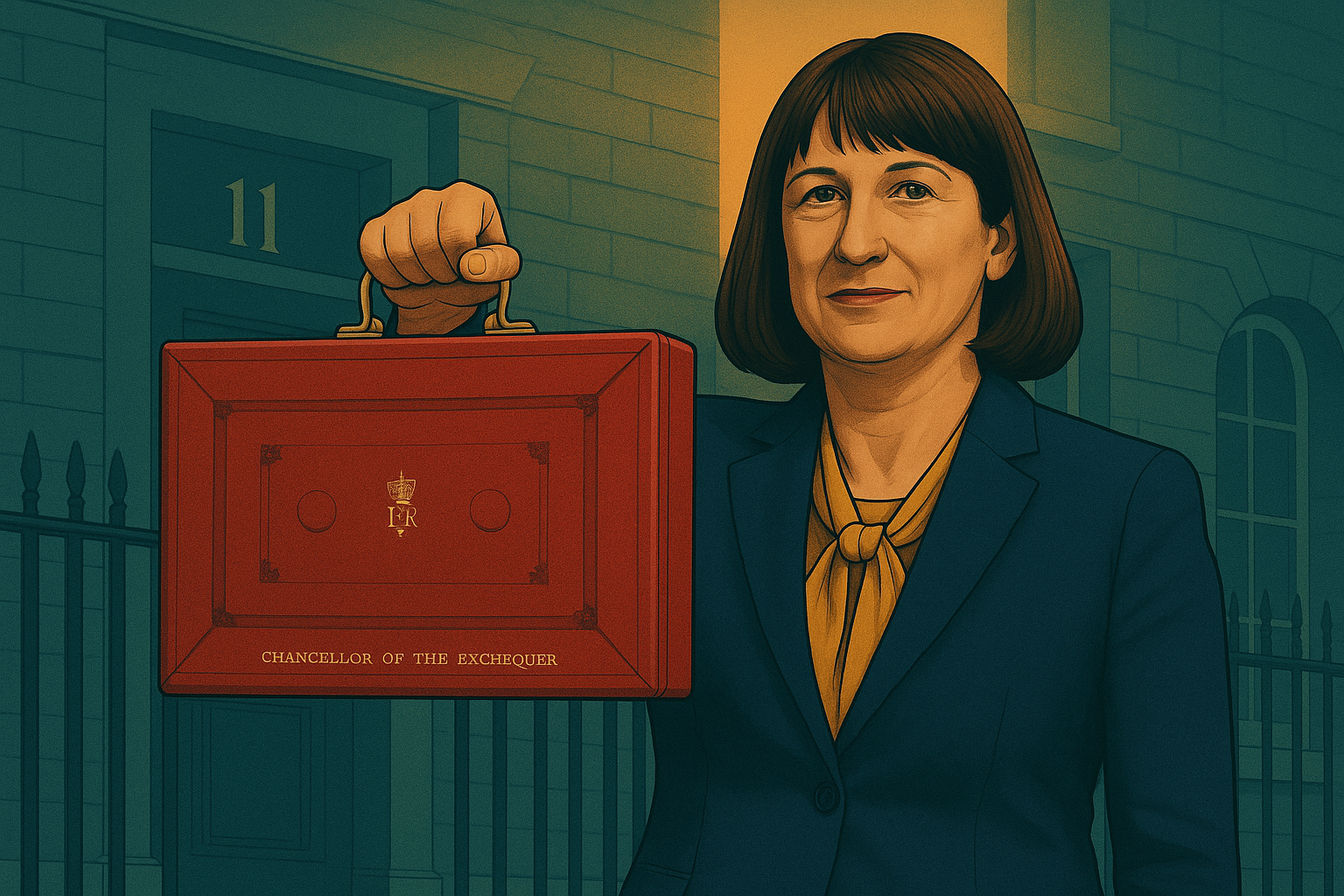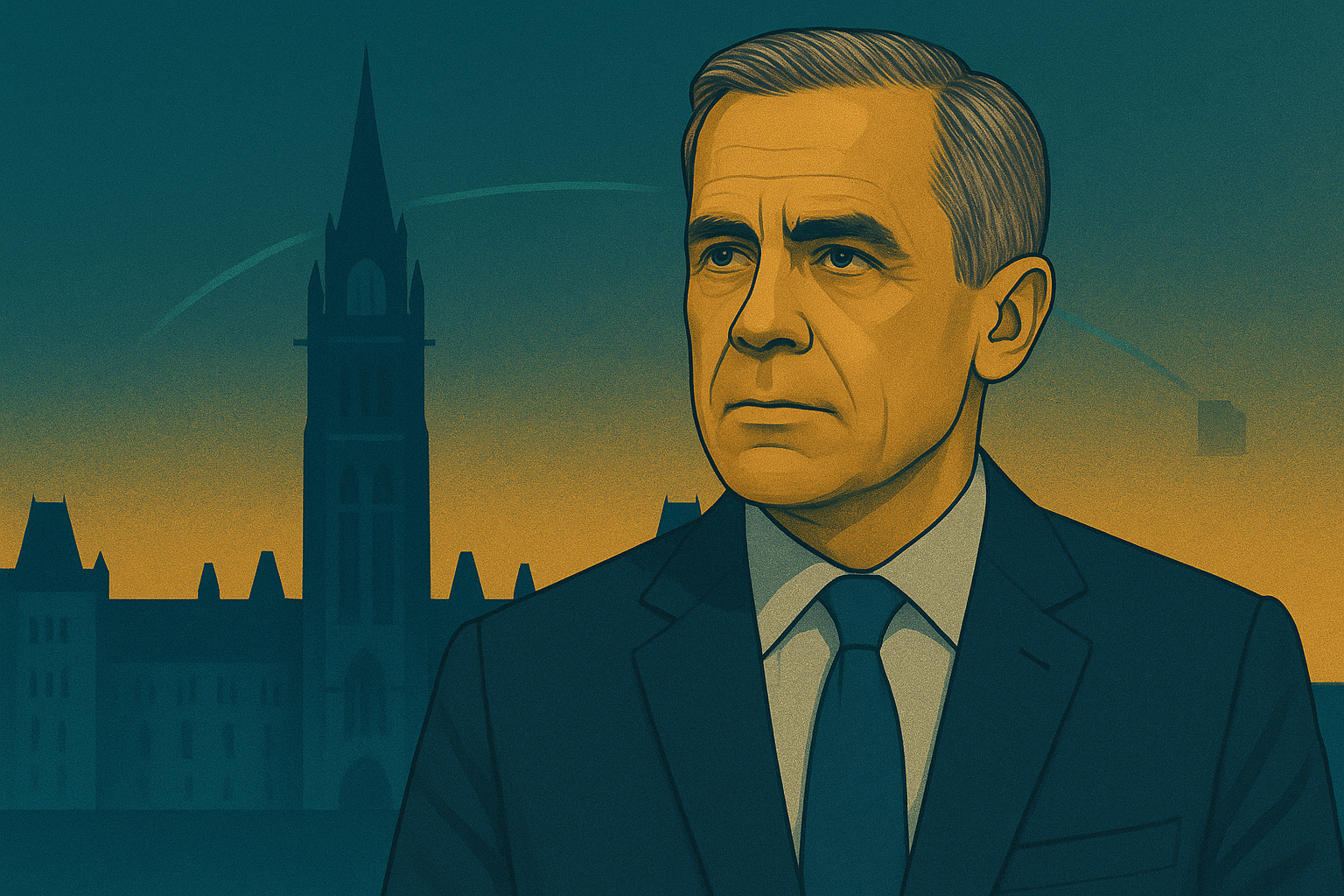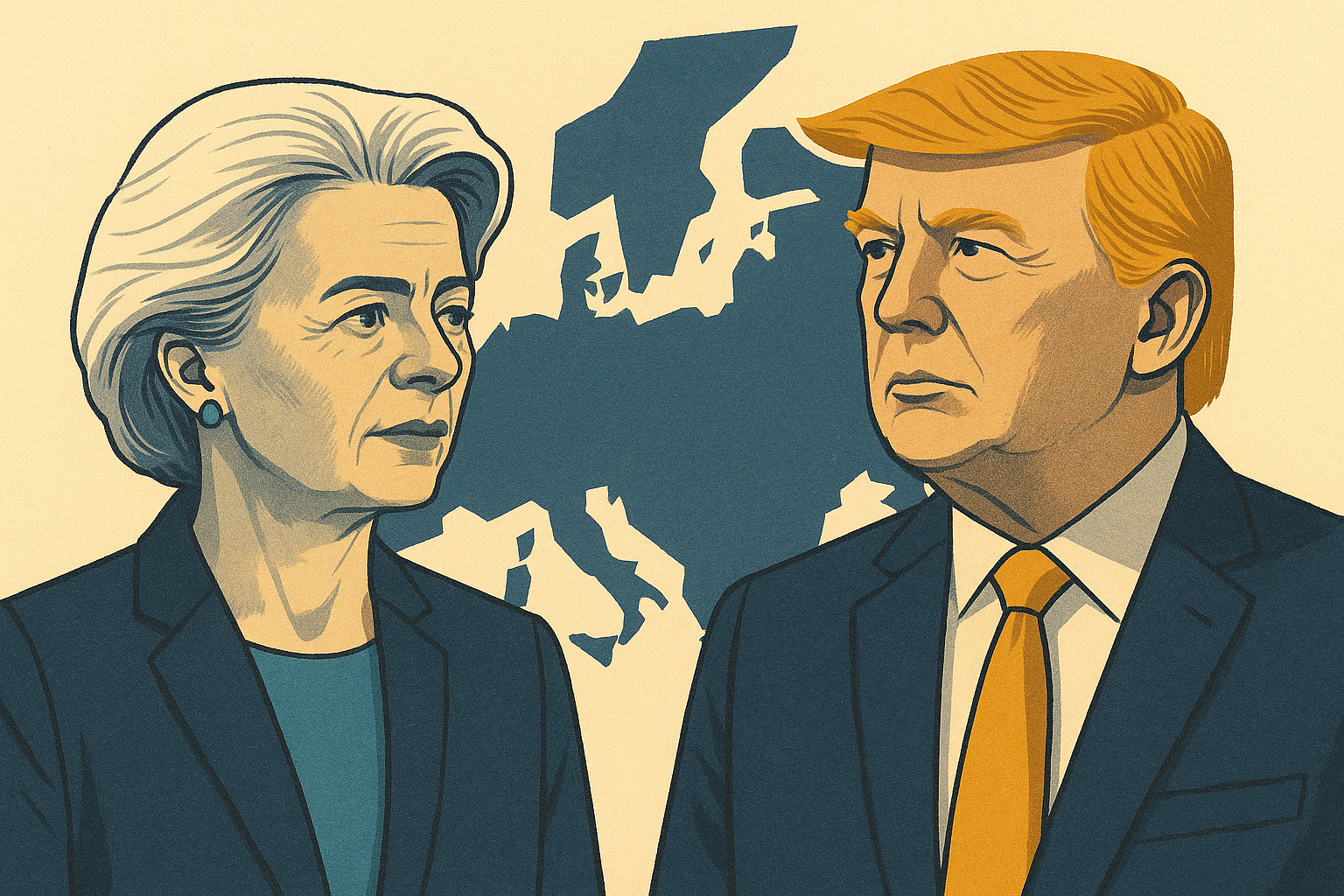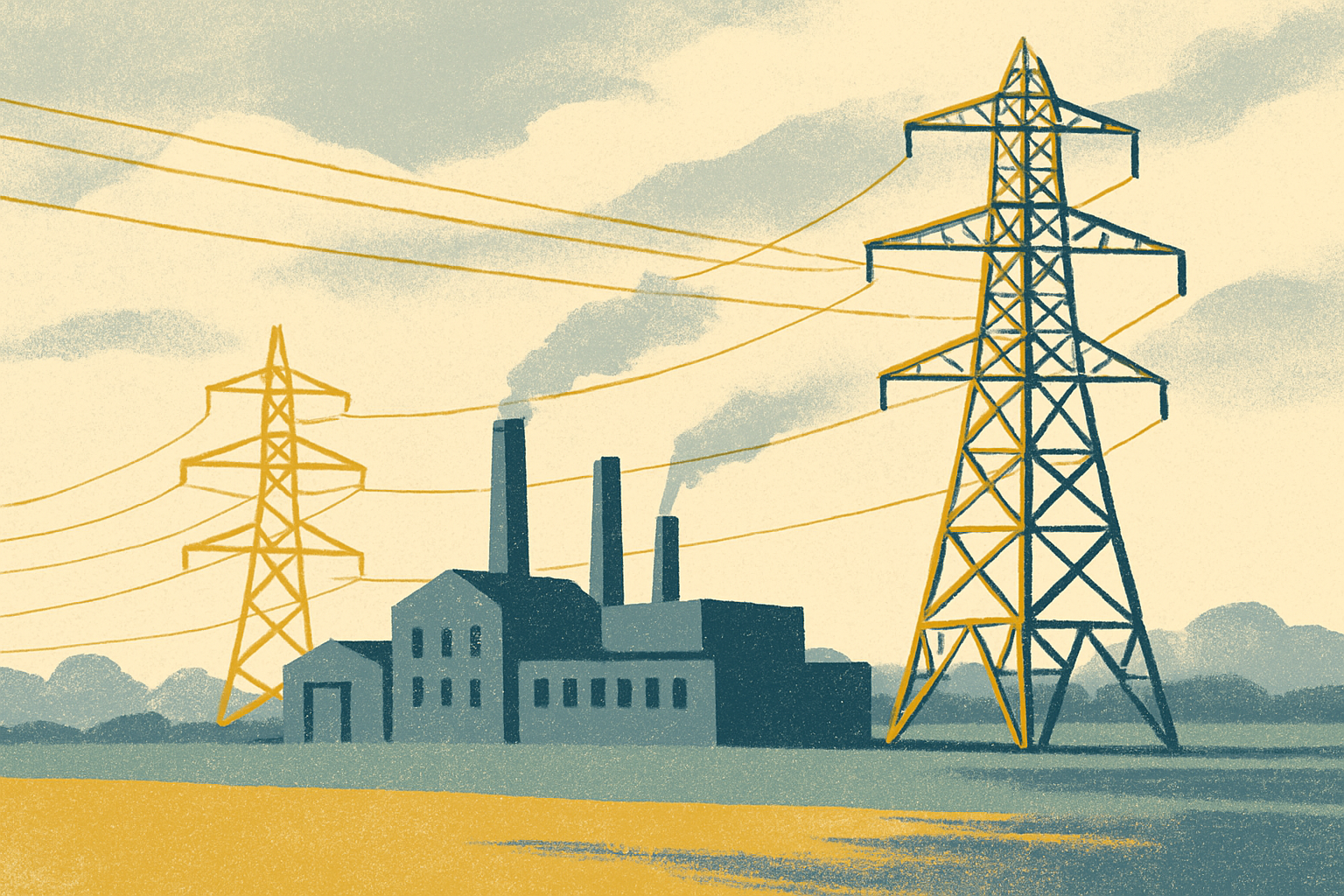Operations
-
Amidst all the uncertainty, has the Budget offered a new dawn for SMEs to invest?
UK SMEs may finally have reason for cautious optimism. Rory Crisp-Jones of Jones & Co Finance argues that the Autumn Budget has provided long-awaited stability and renewed incentives to invest — from full expensing and a new 40% First-Year Allowance to a steady 25% corporation tax rate — shifting the balance towards growth.
-
UK and Canada strengthen tech partnership at G7
UK and Canada agree partnership to modernise public services. The deal will expand AI adoption, strengthen semiconductor research, and build collaboration in digital infrastructure between the two countries.
-
How tech is supercharging the North East’s regeneration
Technology is redefining regeneration across the UK’s North East region. James Hunnybourne, Executive Chairman at Cybit, explores how AI, digital twins, and sustainable construction are reshaping the region’s economy. With a new AI Growth Zone and major investment underway, the North East is building a smarter, stronger future.
-
UK economy contracts unexpectedly in three months to October
UK GDP fell by 0.1 per cent in the three months to October. The contraction — driven by weakness in services and construction — surprised analysts who had expected flat growth. It marks the first quarterly decline in nearly two years and tests the government’s post-Budget growth agenda.
-
US-Indonesia trade deal imperilled as Jakarta retreats on commitments
U.S. officials warn Indonesia is reneging on vital trade commitments. The 2025 agreement promised sweeping tariff cuts and non-tariff barrier removal. Jakarta now reportedly seeks to reclassify parts of the accord as non-binding. Markets and businesses await clarity as negotiations enter a critical phase.
-
The highs, lows and reaction to the Autumn Budget 2025
Rachel Reeves has delivered a tax-heavy Autumn Budget for business. Markets have taken the measures in their stride, but leaders now face a higher, more complex tax burden and big questions about investment, skills, and productivity that our BQX deep-dive will unpack in full, as they plan for 2026 ahead.
-
EU to press US for fuller delivery on July trade accord
Brussels prepares to push Washington over stalled tariff reforms. The European Union will urge the United States to honour more of July’s trade agreement, including cutting 50 % tariffs on steel and aluminium imports, amid concern that delays are undermining post-pandemic industrial competitiveness and transatlantic supply-chain recovery.
-
Canada signals caution in resuming US trade talks
Canada will restart trade discussions with the US when conditions align. Prime Minister Mark Carney said there is currently no pressing issue to raise with President Trump.
-
EU signals investment push in Australian critical-minerals projects
Europe is eyeing stakes in Australian resource ventures. The European Union has announced plans to invest directly in Australian critical-minerals operations to secure key supply for its green transition, Trade Commissioner Maroš Šefčovič said following talks in Melbourne with Australia’s Resources Minister Madeleine King.
-
Google unveils free tool for energy efficiency
Google unveils tool to boost energy efficiency in manufacturing. The Energy Assessment tool helps manufacturing managers identify opportunities for energy savings and emission reductions, addressing challenges such as consultancy costs, capital acquisition, and lack of expertise.








